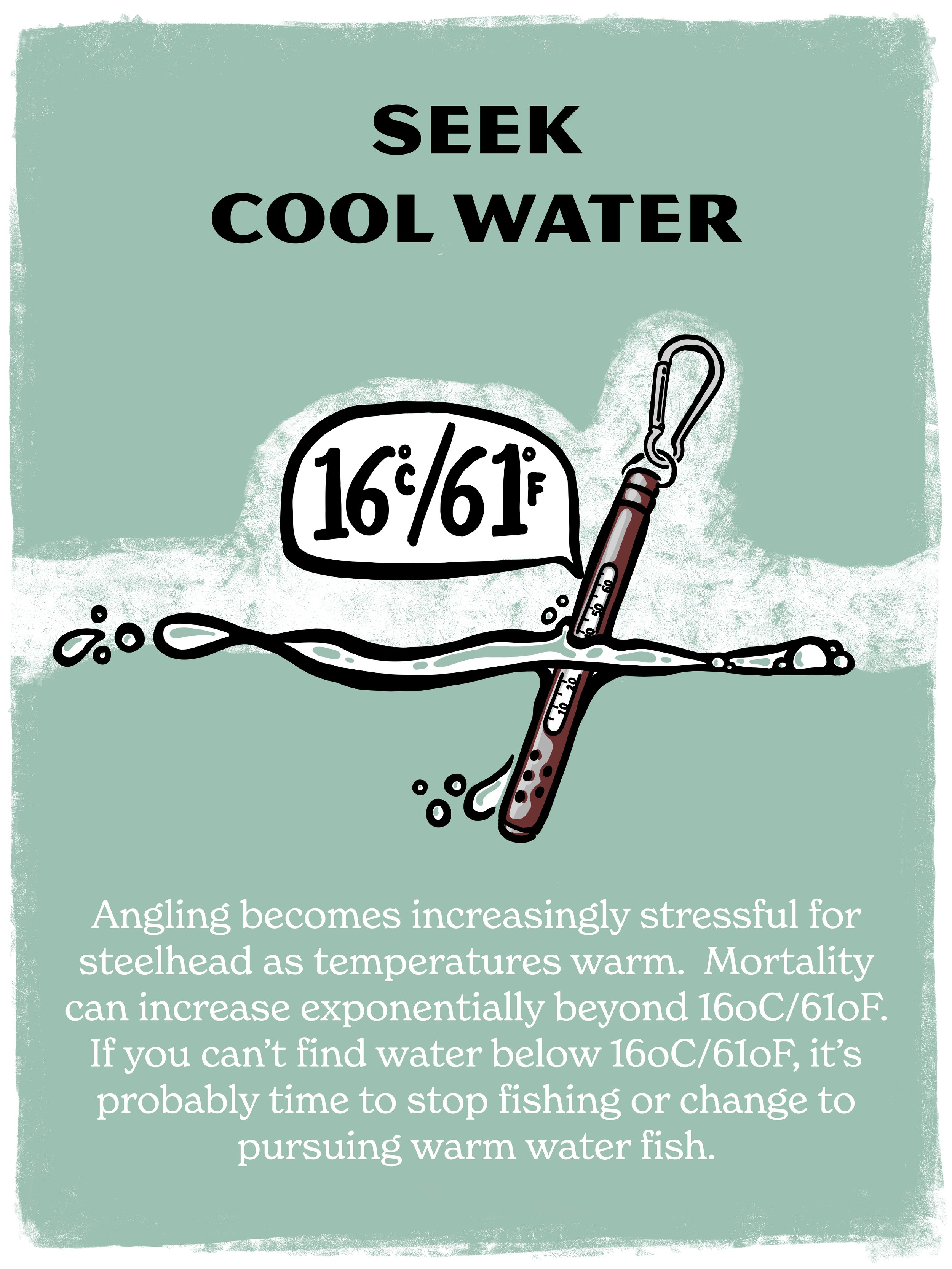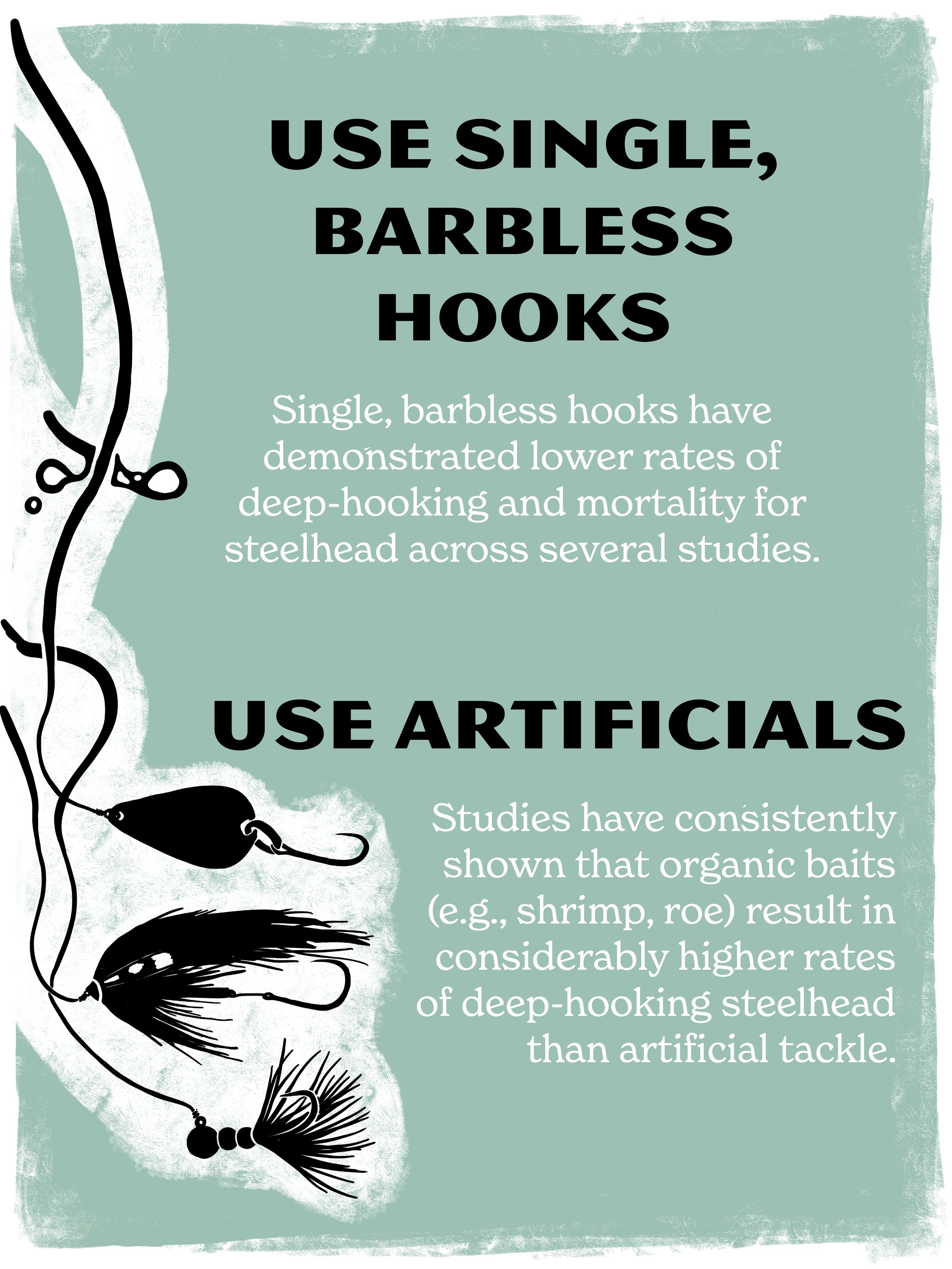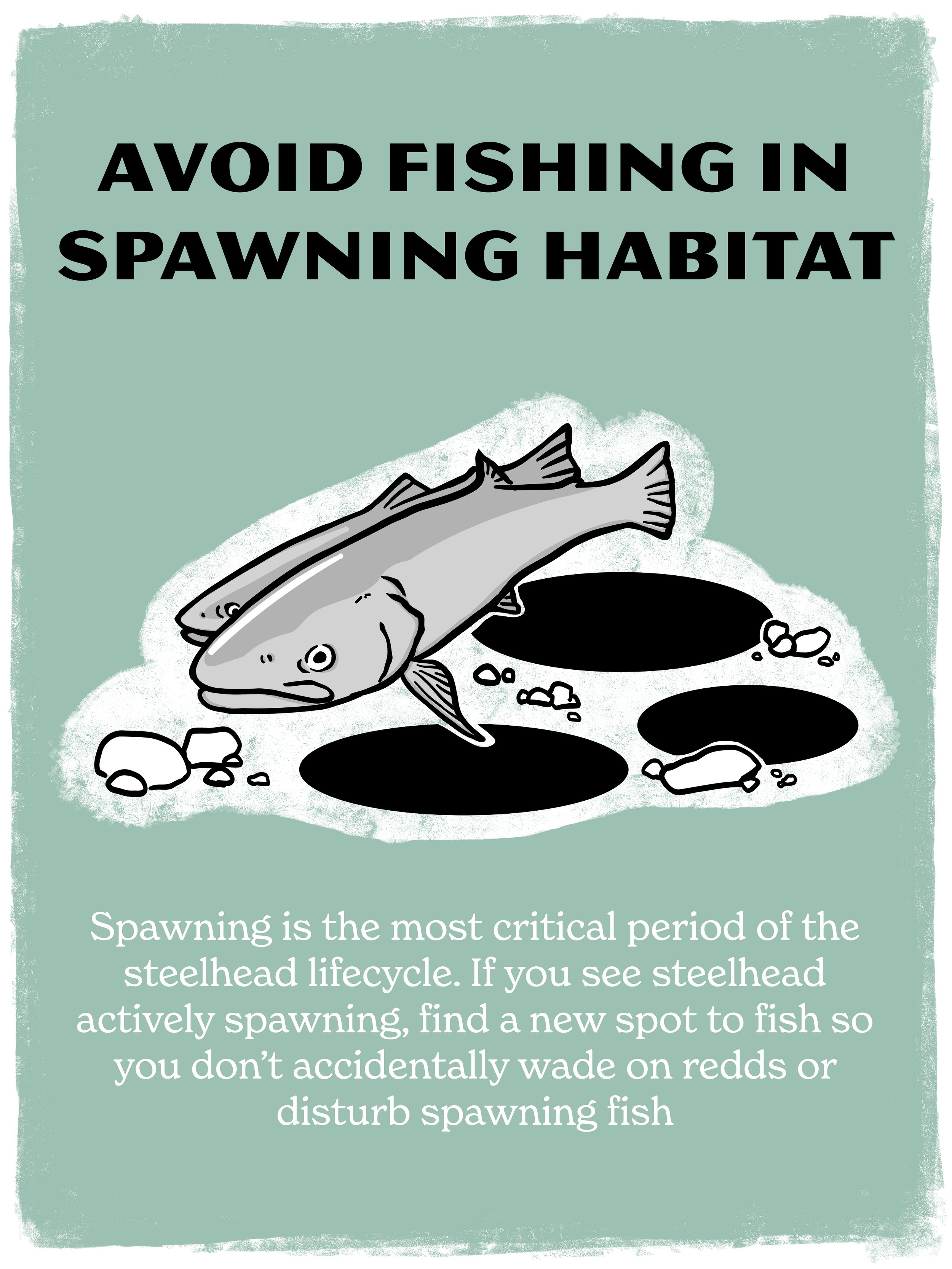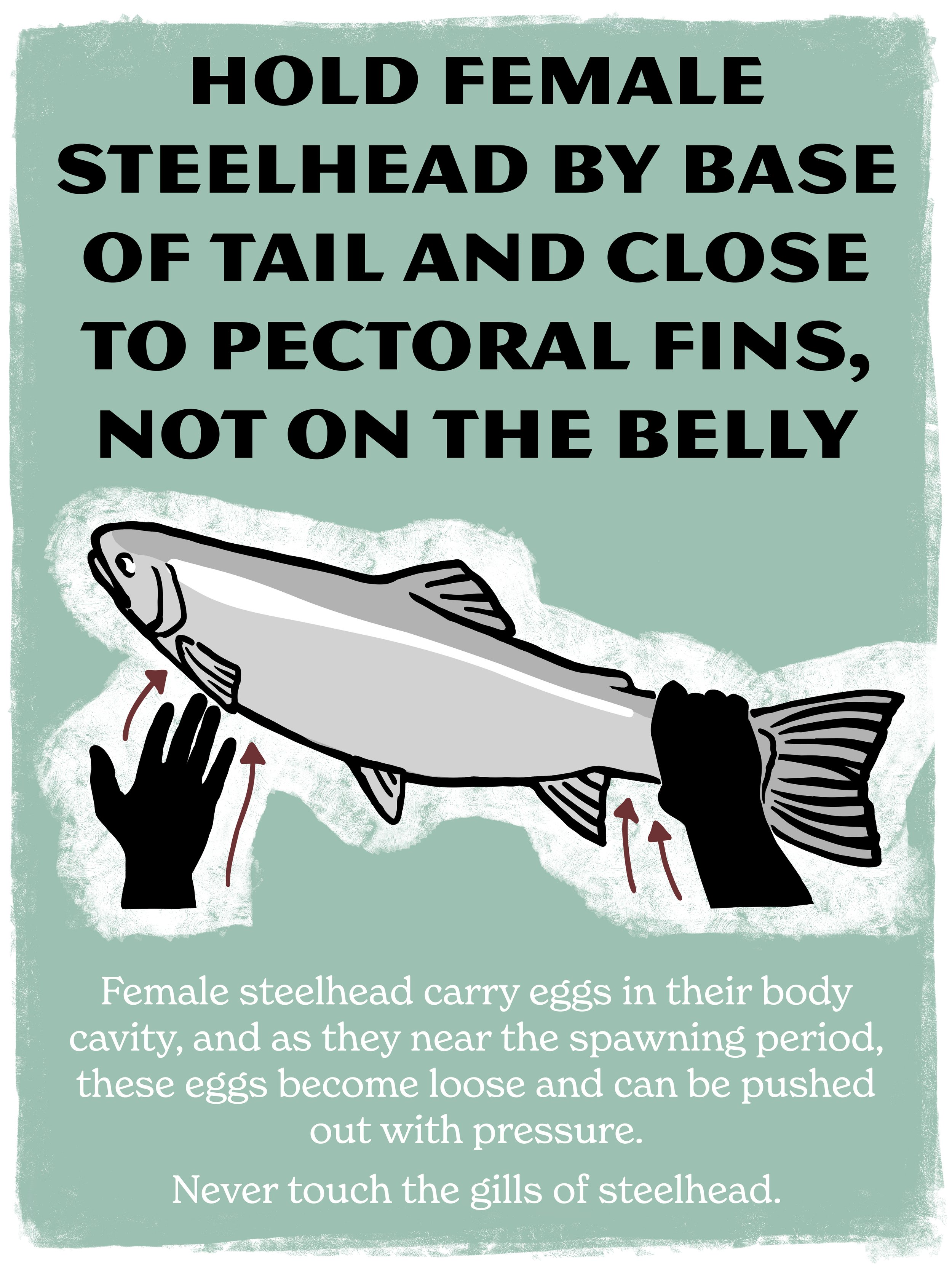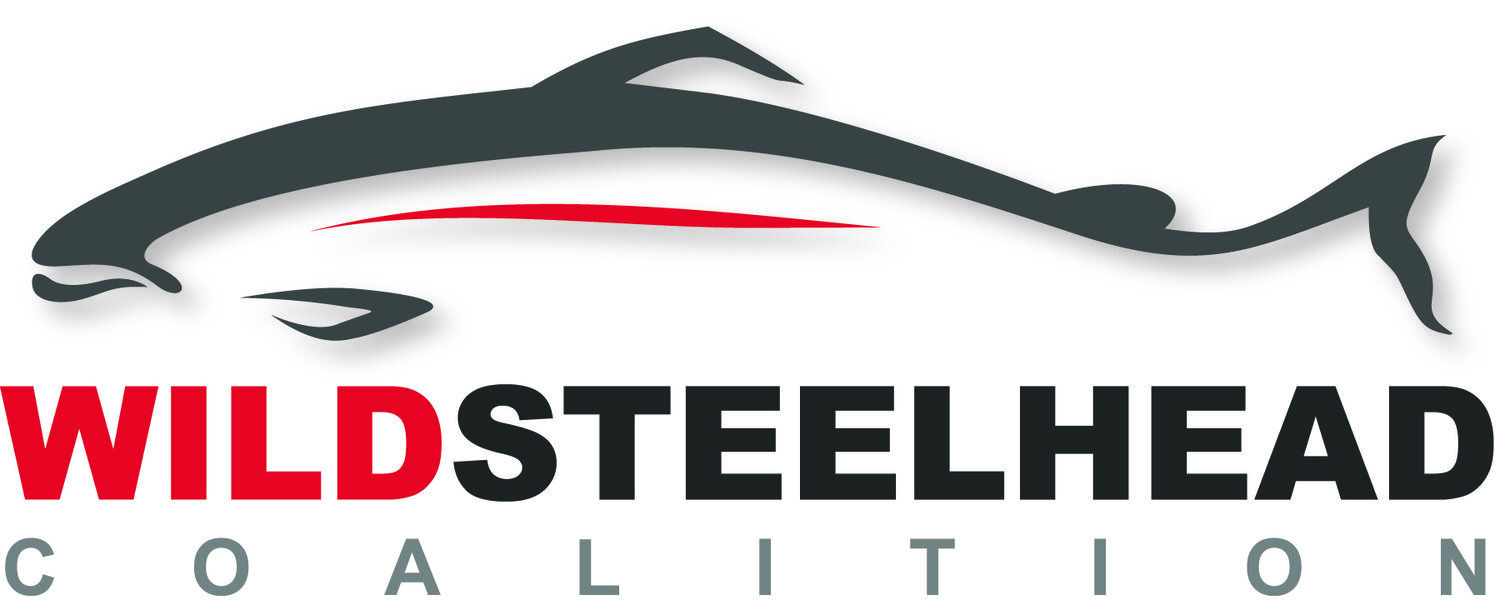
Grassroots Conservation
“The fate of fish after release is primarily determined by angler behavior”
- Brownscombe et al 2017
Steelhead are anadromous rainbow trout native to the rivers flowing into the North Pacific Ocean. Like their cousins the Pacific Salmon, steelhead are a cultural and ecological keystone species, yet across their native range, wild steelhead are in dramatic decline.
Recovering wild steelhead populations will require large-scale efforts to address the many threats they face, but one thing we as anglers can control immediately and directly is the unintentional mortality and impacts caused by catch-and-release practices. A small improvement in catch-and-release survival can have a big influence overall on a population’s ability to sustain, or even grow, their numbers.
Even with anglers interacting with fewer fish each year, the proportion of fish that do not survive after release remains constant:
it’s almost certain that recreational release mortality is higher than recreational harvest.
Across their native range, wild steelhead are in dramatic decline. In the United States, 11 of 15 steelhead population segments are listed under the Endangered Species Act. In Canada, certain populations like those of the Chilcotin and Thompson rivers are at imminent risk of extinction. Many river systems, including the Skeena system and Columbia basin, have seen their worst returns on record in recent years.
Recovering wild steelhead populations will require large-scale efforts to address the many threats they face. One thing we as anglers can control immediately and directly is the unintentional mortality and impacts caused by catch-and-release practices. In many watersheds, the majority of steelhead returning each season will be caught and handled by anglers. Some of these fish will die, regardless of our best intentions, and many will endure sublethal short and/or long-term impacts, such as reduced spawning success. With anglers interacting with so many steelhead, even a small improvement in catch-and-release survival can have a big influence overall on a population’s ability to sustain, or even grow, their numbers.
With numbers so low, and populations so precarious, it is crucial that every wild steelhead is able to reach their spawning gravel and spawn successfully. As anglers, we have the responsibility and opportunity to reduce our impact on these iconic fish, helping to ensure their survival now and into the future.
If we’re going to continue fishing, we must reduce our harm, go above and beyond regulations, and use science-based best practices to create better outcomes for each wild steelhead we catch-and-release.
Science-based Best Practices:
Other Ways to Help:
Harvest Hatchery Fish
Hatchery fish are produced with the intention that they will be harvested. When wild fish spawn with hatchery fish, their offspring are less likely to survive, and compromise the biology and ecology of wild populations.
Consider Limiting the Number of Fish you Catch
When you’re having a good day, think about saving a few fish for tomorrow. Some anglers have adopted a “one and done” steelhead ethic to reduce their impact
Avoid fishing runs where spawning goals are not being met
Far too often, managing agencies are too slow to protect wild steelhead when the viability of populations are threatened. If pre-season forecasts or in-season counts show that there aren’t enough steelhead to meet minimum spawning goals that year, anglers should not fish these rivers. When runs are dangerously low, we need every fish to spawn successfully to rebuild their populations.
Speak Out and Show Up
In the 21st Century, a steelheader must be an advocate as much as an angler. On the water we work to reduce our personal impacts. Off the water, we must use our voice and resources to support conservation and demand that managers, agencies, and politicians take the actions and make the investments required to restore wild steelhead and their home waters.
Behind the Recommendations:
Scientific studies specifically focused on how fish respond to capture, handling, and release can be used to help reduce the negative impacts of catch-and-release, and act as the basis of ‘best practices’ shared here.
Dr. Andy Danylchuk, Professor of Fish Conservation at UMass Amherst, and Science Advisor for Keep Fish Wet, shares photos from a study in British Columbia, Canada — First Nations land of the Wetʼsuwetʼen.
A steelhead is pictured being measured before a radio transmitter is affixed. These devices provide information on movement and survival after release.
Learn more about the science from collaborative partners at Keep Fish Wet
Angling Community in Action:
Each time you release a steelhead is an opportunity to put conservation into action. Help support steelhead and advocate for healthy fisheries management from cast to catch:
Share your own interactions guided by these best practices using #SteelheadInOurHands on social media. Follow along with the striper season and stay tuned for more stories, contests, and calls to action.
Following science-based best practices improves the chances of each steelhead being able to successfully reach spawning grounds.
Spread the word:
We’re counting on community to put these practices into action: by recognizing the impact of our actions individually, we can collectively reduce catch and release mortality significantly. Get the word out to anglers near you with our free-use infographic, ready for display anywhere anglers may stop on their way to the water.
Illustration by Bri Dostie science-based best practices by Keep Fish Wet
Mindful presence does more than improve our fishing outcomes
Being aware of our movements and the impact we have within an environment translates beyond not spooking fish: it’s a commitment to observation, awareness, growth, and reducing harm — with each other and the natural spaces we visit.
Confluence Collective supports conservation initiatives connected to the places we gather together through accessible education + empowered knowing. We aim to prepare you as an angler to embody conservation individually, imperfectly, consistently, and contribute to collective impact.
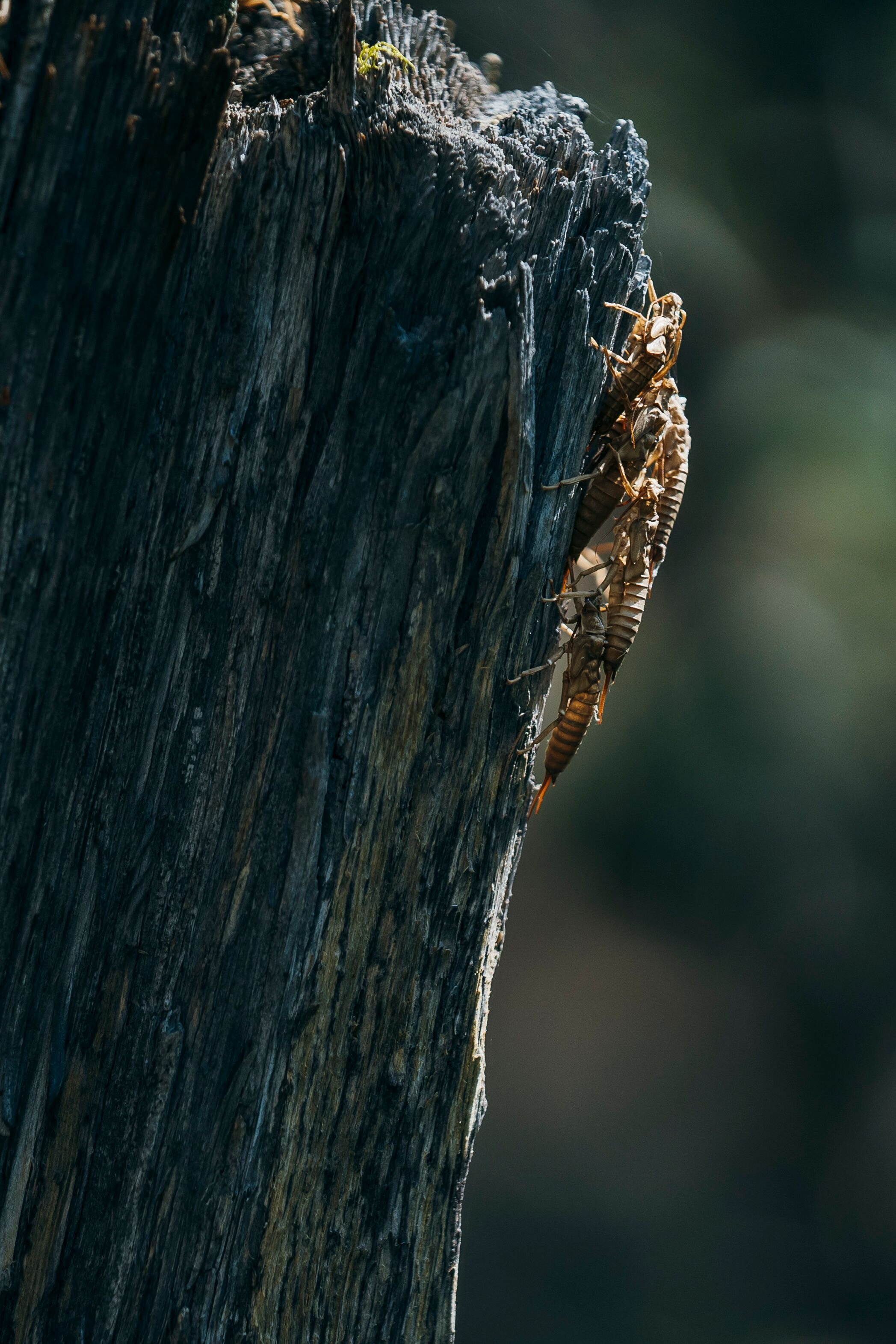
In this together
We are working to ensure conservation solutions do not perpetuate exclusion + patterns of colonization. Collaborative approaches are key for equitable access, particularly in ways that honor ancestral relationships with the land we recreate on, and center decolonization.
We all should be a part of determining what that access looks like, and do so with awareness of what makes each watershed unique.
Contact Confluence Collective to discuss initiative or campaign collaboration

